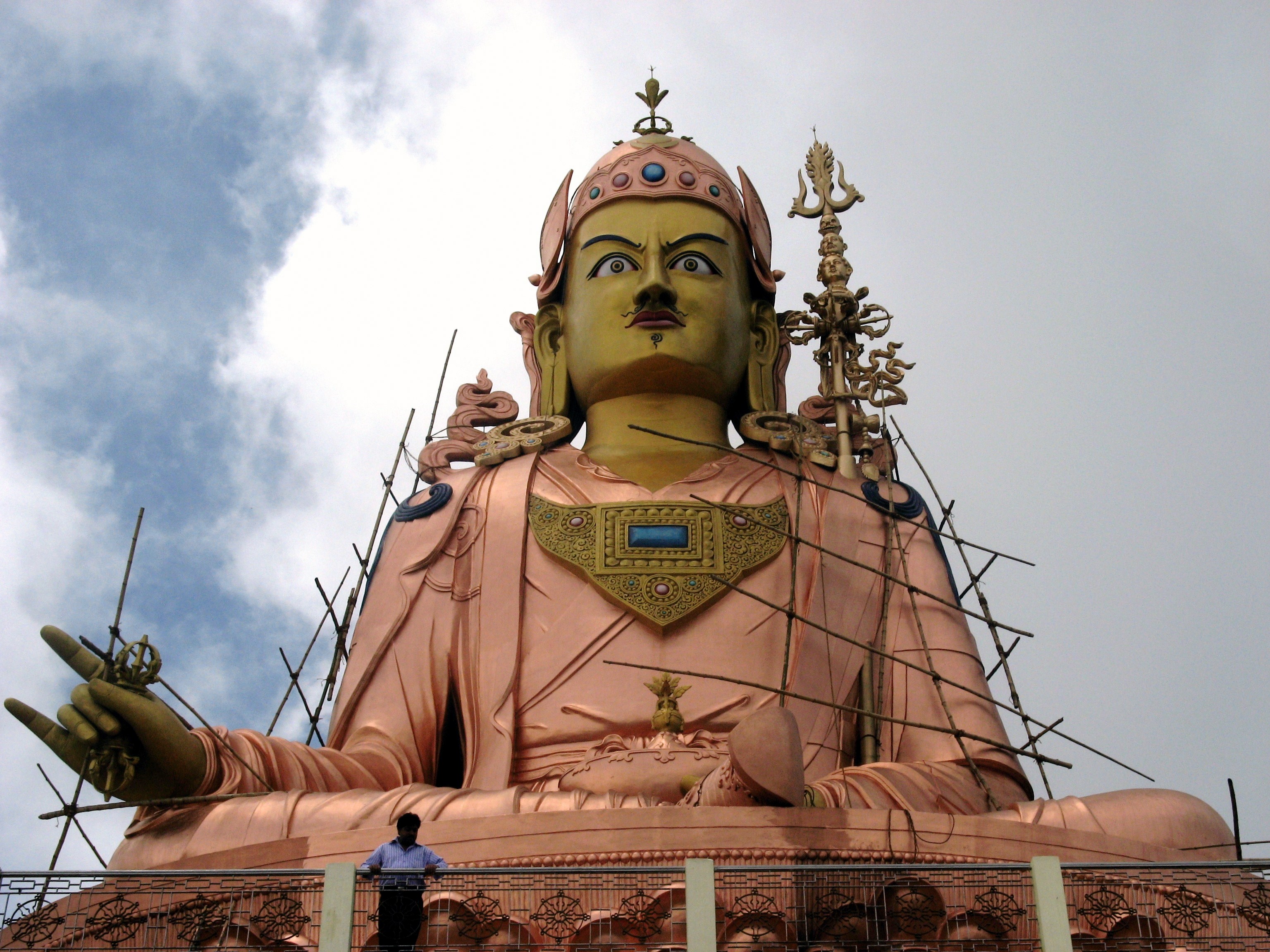
(A photo from the building of the statue of Guru Rinpoche, the ‘original ngakpa’, on Samdruptse hill in Namchi, Sikkim. The statue is 135 feet tall and is said to be the largest statue of Guru Rinpoche currently in existence. More here)
Just a quick post to let everyone know that my second interview with Steve James of the ‘Guru Viking’ podcast is now up. In this one I talked (as usual, a lot), about definitions of ngakpa (sngags pa, སྔགས་པ), or Tibetan Buddhist tantric yogi householders, and their social roles. We also skimmed the surface of the broad lake of the topic of samaya or tantric vows, ngakpas’ hair, clothing and comportment, and the siddhi, or the spiritual acommplishments or powers that are thought to come from their dedicated practice of tantric yogic disciplines.
Here’s Steve’s breakdown of the episode, along with the YouTube video, and a link to the various places the interview can be found:
Continue reading


